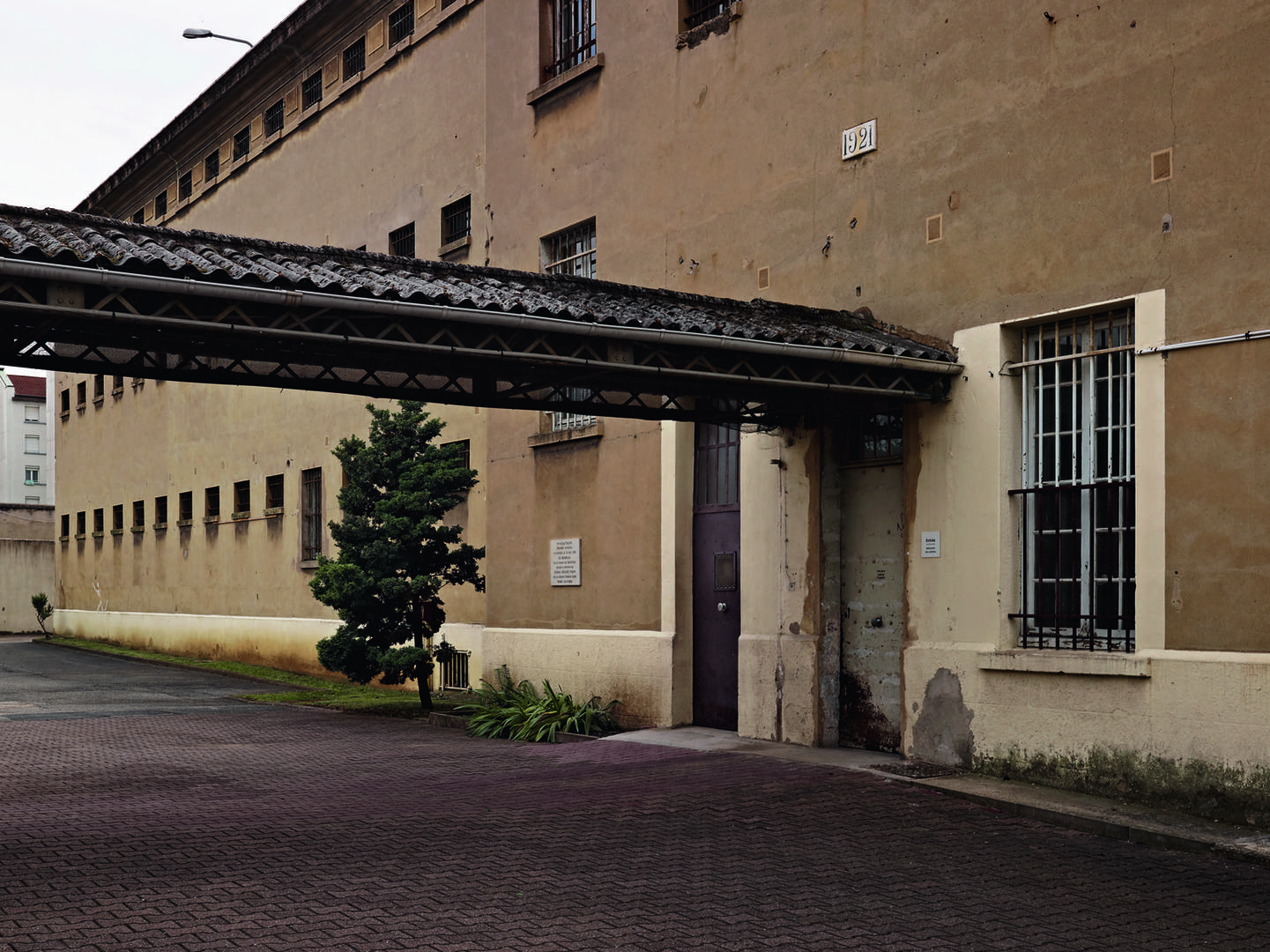Voir les témoignages à propos de ce site
et donner le votre
Memospace site de partage de lieux historiques
Lyon
Mémorial National de la prison de Montluc
Built in 1921, Montluc military prison is located opposite the fort bearing the same name, in one of Lyon's industrial areas.
After the 1940 Armistice, the prison received a number of regular inmates, military prisoners and perpetrators of "Anti-national Activities" - mainly Gaullist and communist resistance members.
Following the invasion of the Southern Zone in November 1942, the Germans requisitioned the prison and placed it under their exclusive control.
Montluc then became an internment camp for members of the resistance, hostages, and victims of the racial persecution, prior to their transfer to Drancy and subsequent deportation to the concentration and...
Read more
Coordinates
04 78 53 60 41
Visits
Gratuit
Gratuit
Gratuit
Gratuit
Recurring events
Dialogues en humanité (a three day discussion group meeting), European Heritage Days
Practical information
- Memorial
- Maquis
- Rescue
- Fighting
- Civil resistance
- Deportation
- Persecution
- Repression
- Collaboration
- Internement
- Ethnic Cleansing
- Liberation
- Rhone
- Historic site
- Genocide
- Archives
- Documentation center
- On-line Educational Resources
Built in 1921, Montluc military prison is located opposite the fort bearing the same name, in one of Lyon's industrial areas.
After the 1940 Armistice, the prison received a number of regular inmates, military prisoners and perpetrators of "Anti-national Activities" - mainly Gaullist and communist resistance members.
Following the invasion of the Southern Zone in November 1942, the Germans requisitioned the prison and placed it under their exclusive control.
Montluc then became an internment camp for members of the resistance, hostages, and victims of the racial persecution, prior to their transfer to Drancy and subsequent deportation to the concentration and extermination camps.
Montluc operated in daily contact with the Gestapo headquarters, Avenue Berthelot, in the buildings of the Military School of Medicine, where interrogations were carried out (current site of the Resistance and Deportation History Centre).
Teaching facilities (workshops, first-hand accounts and themed tours) for school groups.
Prisoners were generally deported or shot around Lyon and the DOUA, while other condemned prisoners were shot within the prison itself, on the walkway, at a spot now known as the "Mur des fusillés".
The massacre de Saint-Genis-Laval on the 20th of August 1944, when 120 prisoners were slaughtered under appalling conditions, gave rise to a vigorous protest from Cardinal Gerlier to the German authorities.
On the 24th of August the prisoners were released, partly due to Resistance intervention and partly due to the departure of the prison guards, one week before the liberation of Lyon on the 3rd of September.
The Montluc Prison Memorial is now one of the sites managed by the Ministry of Defence, classified as a "Haut Lieux de Mémoire" (major memorial site), and opened its doors to the public during the European Heritage days in 2010. Since its opening the site has continued to attract increasing numbers of visitors, enabling it to join the network of regional memorial sites alongside Lyon's Resistance and Deportation History Centre and the Jean Moulin Memorial in Caluire, but also on a larger scale it joins such sites as the Maison d'Izieu - Memorial to exterminated Jewish children.
The Montluc Memorial therefore contributes to the reflections initiated by the issues specific to these memorial sites, not just in scientific and historic terms , but also concerning the issues surrounding public access and interaction, and teaching activities.
